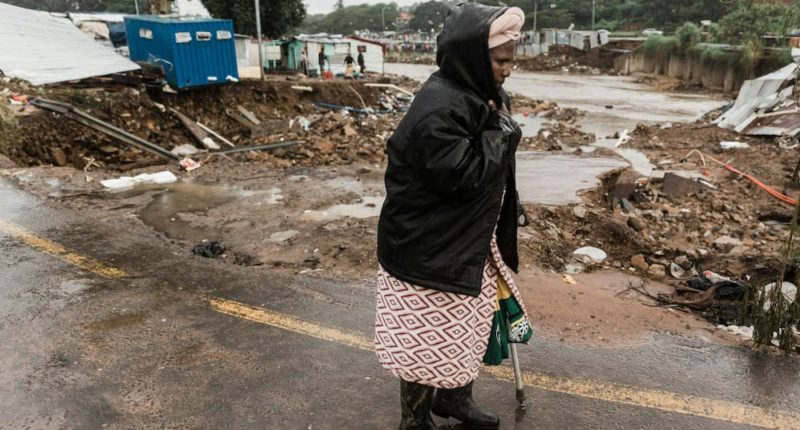South Africa’s economy declines further after flooding which led to the death of 400 people.
What happened
Floods in South Africa’s KwaZulu-Natal region, rolling blackouts caused by energy problems, and the global economic slowdown are the key causes of the country’s GDP contracting by 0.7% in the second quarter of 2022.
Last month, thousands of South Africans matched in a national strike to protest the growing cost of living. The strike was led by two of the country’s largest unions, who are calling for a “complete closure” of the economy in protest of high unemployment and rising fuel and energy prices.
Why this matter
Following months of solid growth, the 0.7% decrease announced on Tuesday has taken the country back. Due to the 2020 lockdown, GDP fell by an unprecedented 6.4% but increased by 4.9% last year as it recovered from the effects of the pandemic and the measures put in place to combat it.
The April floods, which killed over 400 people, contributed to a near-6% drop in manufacturing production.
The degradation of roads and vital infrastructure in KwaZulu-Nata is to blame for the deterioration of the important manufacturing, agricultural and mining sectors.

